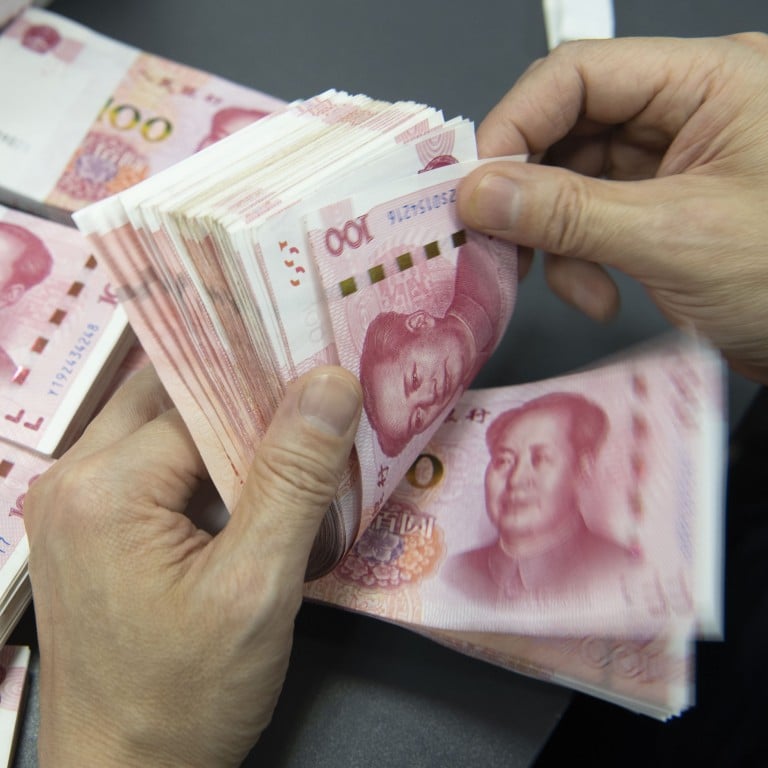
China bank loans hit all-time monthly high, with 4.92 trillion yuan doled out in January
- Figure slightly exceeds 4.9 trillion yuan lent a year prior, while January is typically a busy month for bank loans in China
- As China pushes to invigorate economic growth, its aggregate financing reached 6.5 trillion yuan in January – a year-on-year increase of more than half a trillion
Chinese banks extended a record high of new loans during the first month of 2024 – an indication of Beijing’s efforts to stabilise growth in the world’s second-largest economy.
The yuan-denominated new loans reached a record high of 4.92 trillion yuan (US$684 billion) in January, according to data released by the People’s Bank of China (PBOC) on Friday.
The figure was higher than 4.9 trillion yuan extended in January 2023 and 1.17 trillion yuan in December. It also beat domestic expectations of 4.67 trillion yuan, as indicated in a poll by Chinese financial information provider Wind.
The aggregated financing, which includes bank credit, bonds and stock market funding, was 6.5 trillion yuan last month, 506.1 billion yuan higher than a year earlier.
Xi Jinping’s ‘financial superpower’ goal for China spurs scramble for resources
However, the central bank tried to quell market expectations of a strong monetary loosening.
“We should pay less attention to high-frequency data such as monthly bank credit,” it said in the fourth-quarter monetary policy implementation report released a day earlier.
“The monthly figures have obvious seasonal factors, staying high in January and low in April, July and October,” it said, citing government arrangements of construction projects to ensure a strong start to the year.
The central bank said it would support financial institutions to tap credit demands. Overall, it wants “reasonable growth” of bank credit, balanced extensions and overall stability in loan growth.
To answer the call of President Xi Jinping to support the real economy, financial authorities have stepped up financing support for key areas such as technology innovation, green development, digital economy and the three new housing projects – affordable properties, emergency facilities and urban village reconstruction.
Beijing has refrained from implementing a bazooka-style stimulus, as the debt mountain is high and the return on investment projects is falling.
Policymakers kept the tone of prudent monetary policy and targeted support at the central economic work conference in December, asking for better coordination between different departments for a pro-growth stance.
Cash payments for households could ease China’s deflation woes, analysts say
The authorities are widely expected to set a GDP growth target of around 5 per cent for 2024, which would be an ambitious goal when considering the diminishing base effect and the faltering confidence among investors and consumers.
The official target will be released in Premier Li Qiang’s work report in early March.
Late last month, the PBOC made a surprising announcement of a 50-basis-point cut of the reserve requirement ratio for commercial banks, injecting 1 trillion yuan worth of liquidity into the market.
It also slashed the relending rate by 25 basis points to help small businesses and agriculture-related sectors.

